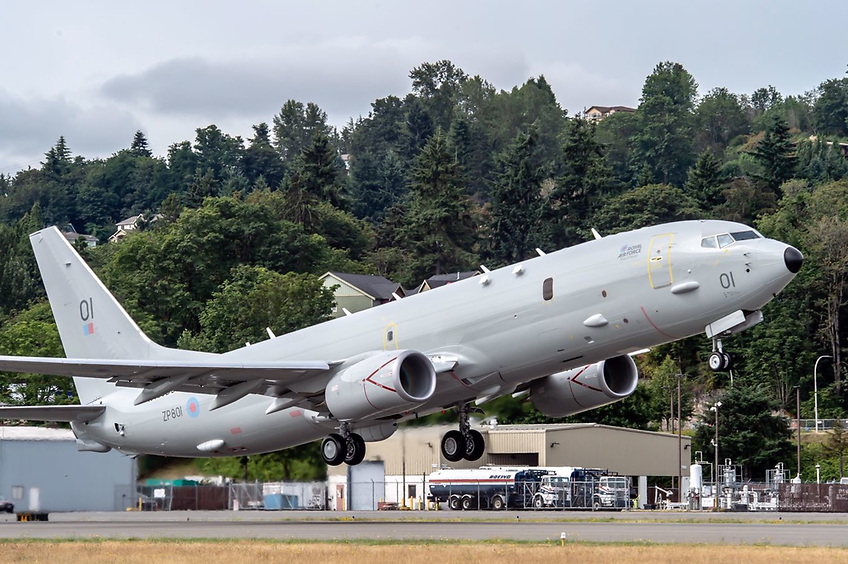Displaying items by tag: Warrentpoint
Beneteau 25 Platu Supersonic Wins at Warrenpoint Regatta
So far in this late season, Carlingford has enjoyed mostly kind sunny weather for its open meetings on the Lough and Warrenpoint Regatta was no exception.
Warrenpoint is a small County Down port town at the head of Carlingford Lough south of Newry and is separated from County Louth by a narrow strait. It is overlooked by the Mournes to the north and the Cooley Mountains opposite. A passenger service connects it with Omeath on the southern shore.
Warrenpoint Regatta struck lucky for its regatta with glorious sunshine and a steady sea breeze. Seven cruisers competed in three races over a triangular course set by Race Officer Tim Gibbons. With wins in races 1 and 2, it was the Beneteau 25 Platu Supersonic, skippered by Thomas Kearney from Carlingford Lough YC at Killowen on the northern shore, which pipped the J80 Warrior (owner Tim Gibbons) to win the coveted Whistledown Trophy. Tom Teggart’s Perseverance from Carlingford SC in Co Louth won the Echo 908 Class.
 Warrenpoint Regatta struck lucky for its regatta with glorious sunshine and a steady sea breeze
Warrenpoint Regatta struck lucky for its regatta with glorious sunshine and a steady sea breeze
Long-term sponsor Colum McAvoy from the Whistledown Hotel presented trophies to the winners at the hotel.
The final open event of the cruiser programme is the two-day CLYC Cruiser Regatta on Sept 24th & 25th




























































